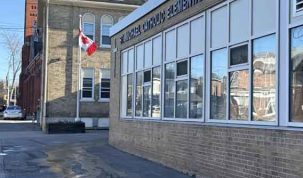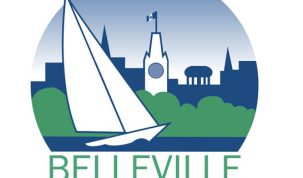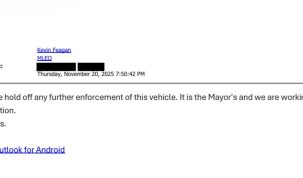New plan will ensure people are getting the right supports at the right time
The Ontario Government is working with its municipal partners to better connect people to the supports they need as the next step in the province’s plan to modernize the delivery of social assistance. As part of its plan, frontline workers will have more time to focus on connecting clients with supports such as job-readiness programs, housing, childcare, skills training and mental health services. At the same time, the province will gradually take on more program administration to make it easier for people to navigate the system.
“Ontario is facing deep economic challenges brought on by COVID-19,” said Todd Smith, Minister of Children, Community and Social Services. “Our government is taking action by developing a sustainable social assistance program that takes the administrative burden off local front-line workers, so they can spend more time helping their clients connect to community supports that will get them ready for jobs.”
As part of the Recovery and Renewal Plan announced last fall, the province worked with municipalities to design a Vision for Social Assistance Transformation to ensure people are getting the right supports at the right time so they can re-enter the workforce. The vision outlines plans for a new social assistance delivery model that allows frontline workers to focus on results for people rather than paperwork. Based on a 2018 study, caseworkers spent approximately a quarter of their day – about 400 hours a year – filing and organizing paperwork.
Under the new delivery model:
- The province will focus on overseeing social assistance applications and payments making it quick and easy for people to access the system while safeguarding program integrity. Currently, 47 agencies at the municipal/District Social Services Administration Board level co-fund and manage delivery of social assistance in Ontario.
- Municipal partners will use their expertise to deliver person-centred casework and knowledge of local supports to help people get back to work and access supports to stabilize their lives such as housing and health care.
In acknowledgement of the unique needs and priorities of First Nations communities, the Ontario government will continue working with First Nations partners towards a separate plan to renew social assistance for First Nations communities.
“Ontario finds itself at a significant crossroad,” said Minister Smith. “We must continue our work to renew the social assistance system during and after the COVID-19 pandemic, supporting the province’s economic recovery and helping the people of Ontario find financial independence and stability. Our plan for a transformed social assistance system will help us achieve that.”
Work on social assistance reform is already underway and will be phased in over the next several years. The province continues to build on this work which includes centralized intake and prototyping a streamlined applications process to continue to free up staff time so they can focus on client support.
Quick Facts
- Ontario has invested $562 million in social services relief funding since the beginning of the COVID-19 outbreak.
- Social assistance in Ontario cost $9.7 billion in fiscal year 2019–20.
- Over 900,000 people in Ontario rely on social assistance.
- Social assistance is currently a mix of provincial and municipal responsibilities divided by program – 47 delivery agents at the municipal/District Social Services Administration Board level deliver the Ontario Works program, and the Ministry of Children, Community and Social Services runs the Ontario Disability Support Program.
- Based on a 2018 study, caseworkers spent approximately a quarter of their day – about 400 hours a year – filing and organizing paperwork.
Additional Resources
- Recovery & Renewal: Ontario’s Vision for Social Assistance Transformation
- Learn how the province is supporting vulnerable people during the COVID-19 outbreak
Related Topics
Business and Economy
Information about Ontario’s economy and how to do business here. Includes economic development opportunities, research funding, tax credits for business and the Ontario Budget. Learn more
Education and Training
Learn about Ontario’s early years, education and training systems. Includes information on child care, elementary schools, secondary schools, colleges, universities, skills training and financial aid. Learn more
Government
Learn about the government services available to you and how government works. Learn more
Health and Wellness
Get help navigating Ontario’s health care system and connecting with the programs or services you’re looking for. Learn more
Home and Community
Information for families on major life events and care options, including marriage, births and child care. Also includes planning resources for municipalities. Learn more
Jobs and Employment
We’ve got the resource and supports to help connect job seekers with employers. Learn more
Rural and North
Information about the province’s Far North and rural communities. Get connected to business improvement organizations and learn more about funding and programs that support rural, northern and Indigenous communities. Learn more
Taxes and Benefits
Learn about taxes in Ontario and what they support, including tax credits you can get to help you with living and business costs. Learn more






















